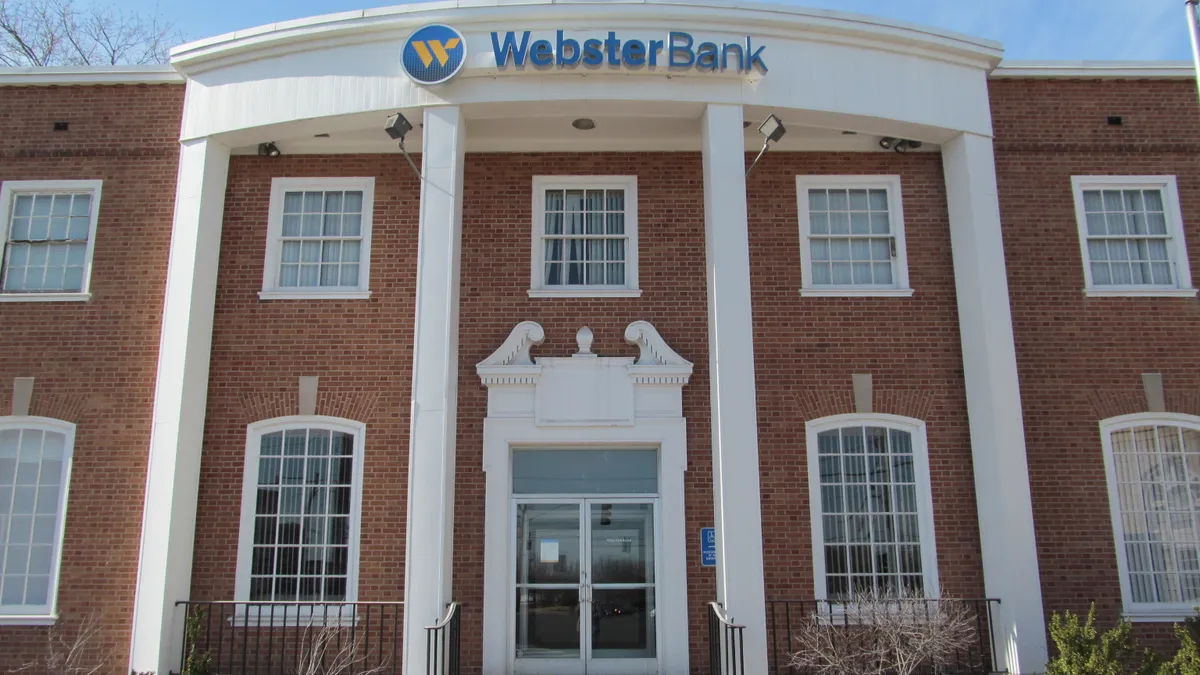In recent months, the banking-as-a-service platform has been subject to regulatory scrutiny, leading banks to offboard their fintech partners and move away from BaaS.
The latest lender to enter a consent order with the Federal Deposit Insurance Corp. is Lineage Bank, which agreed to implement an enhanced risk management program overseen by its board of directors, increase capital levels and let go of some fintech partners, including Synctera.
Synctera, a BaaS platform that helps bridge the gap between fintech companies and sponsor banks, recently raised an $18.6 million extension to its 2021 Series A round. In March last year, the fintech announced a $15 million investment led by NAventures, the corporate arm of the National Bank of Canada, to expand its offerings in Canada followed by its first Canadian customer launch in December.
Since its inception during the pandemic in 2020, the San Francisco-based fintech has grown to include nine sponsor banks, with Coastal Community Bank as the first bank customer and Lineage Bank as the first bank to go live with a fintech.
“When we first met with the Lineage team, they were a super innovative crew that had hired a tech team and a compliance team from day one. As we were getting into the market, having an alignment on how to build a relationship was important, just like any relationship in business,” CEO Peter Hazlehurst said. “And like every early-stage company like us, you’re always looking for that first partner, and that for us was Lineage.
Speaking to Banking Dive from the Fintech Meetup in Las Vegas, where he shared the stage with Kevin O’Leary of Shark Tank fame, Hazlehurst, former head of Uber Money, discussed bank-fintech partnerships and their challenges, how banks can avoid being under the regulatory radar, third-party and fintech partnerships, and Synctera’s relationship with Lineage Bank.
Editor’s note: This interview has been edited for clarity and brevity.
BANKING DIVE: Why do banks like Lineage get hit by consent orders, though they have teams that investigate risk management?
Hazlehurst: Each bank’s circumstances are different, and I don’t think you can say there’s a standard reason why things didn’t work out the way they expected. The general advice we give to our sponsor banks is if you want to go into banking as a service, you have to really commit and have a great team with a deep understanding of what they’re doing and how it’s working; you want to try and keep things as simple as possible. So, you don’t want to have 50 fintechs but have one or two a month at most, that you’re working with and bringing on board. [Also] where we see the most ability to help make things safer and secure or more regulatory compliant, is by coaching and giving advice on how to structure the relationships...between the bank and the fintech, and making sure that we’ve got the technology to help the bank provide the right level of oversight over the fintech’s activities.

BANKING DIVE: What things should banks keep in mind when going for a fintech partnership?
Hazlehurst: The best thing they can do is set up a good plan for how to build the business — just like any startup, or any new line of business at a bank, having a really good understanding of the costs, the economics, the team, the structure, the checks and balances is really important.
The challenge, though, is that if you’re a three or four-branch bank and you grow at like 100 customers a week and you onboard a fintech that grows at 1000 customers a day, all of your processes don’t scale. And that’s when you need companies like Synctera to give you the technology to do the oversight that you would have done by hand before. The best compliant banks have really efficient technology that helps them scale up much more adequately than if they were just doing branch operations.
BANKING DIVE: How does the BaaS landscape look like, right now? And what do you think we should expect to see in the future?
Hazlehurst: I will say that the concepts of BaaS have been around for quite some time. It’s not like something that just came out last month, six months, or 12 months ago. So, think of BaaS effectively as a mini core banking system that sits on the side of the bank’s regular core and helps write an infrastructure for everyone to share the technology — none of that’s particularly brand new. BaaS as a technology stack is akin to our job to help all sides of the ecosystem have a better way of managing transactions, account balances, risk, fraud, and so on. This technology has existed in core banking systems for 50 to 70 years. We’re just modernizing it, making it more contemporary for easier accessibility to new types of companies that want to add these services ... But it doesn’t change anything about how banking works. It just makes it easier to get started.
BANKING DIVE: What is your take on regulators’ guidance on third-party/fintech partnerships?
Hazlehurst: The more clarity and definition we can get from the regulators on what they actually want to see and do is awesome. The challenge we have is it’s still unclear what steps are needed to be performed at every stage … In reality, this area and the reason there’s so much opportunity in this space is there’s a lack of clarity of what is required. So, when the Consumer Financial Protection Bureau, the Office of the Comptroller of the Currency, the Federal Reserve, or the FDIC comes along and says this is what we think — that’s great!
[But] most importantly, we need all of those regulatory organizations to agree on the same set of rules. So that, a bank that’s organized under the Fed versus a bank that’s under state law and under the FDIC, they have the same set of parameters by which they’re evaluated, which will then stop what is called regulatory arbitrage of jurisdiction that’s working to launch a product because that just encourages people to find flaws in the ecosystem.






















